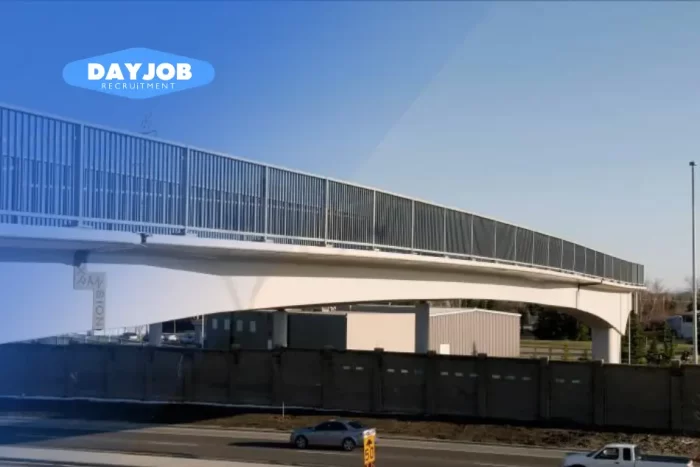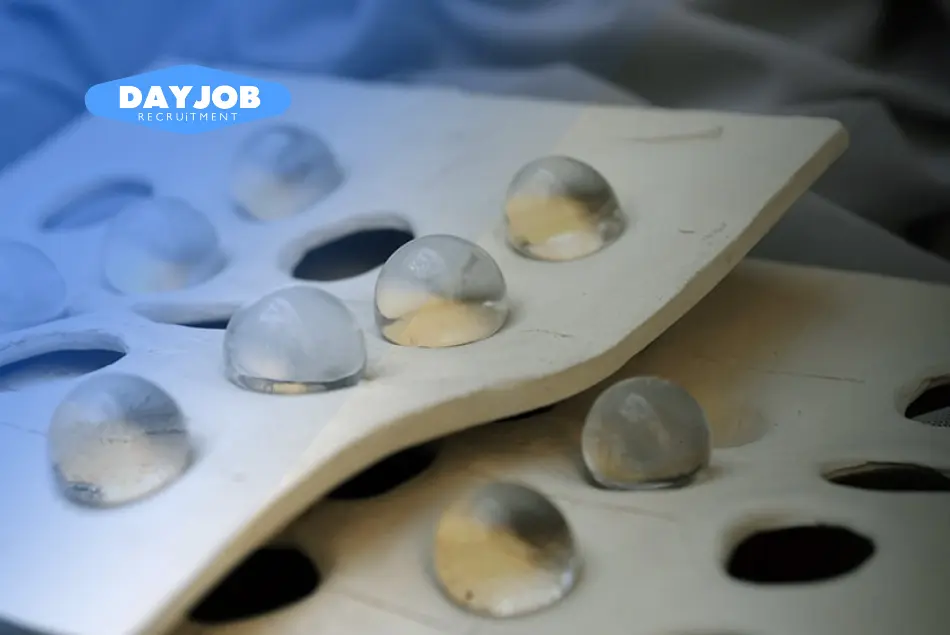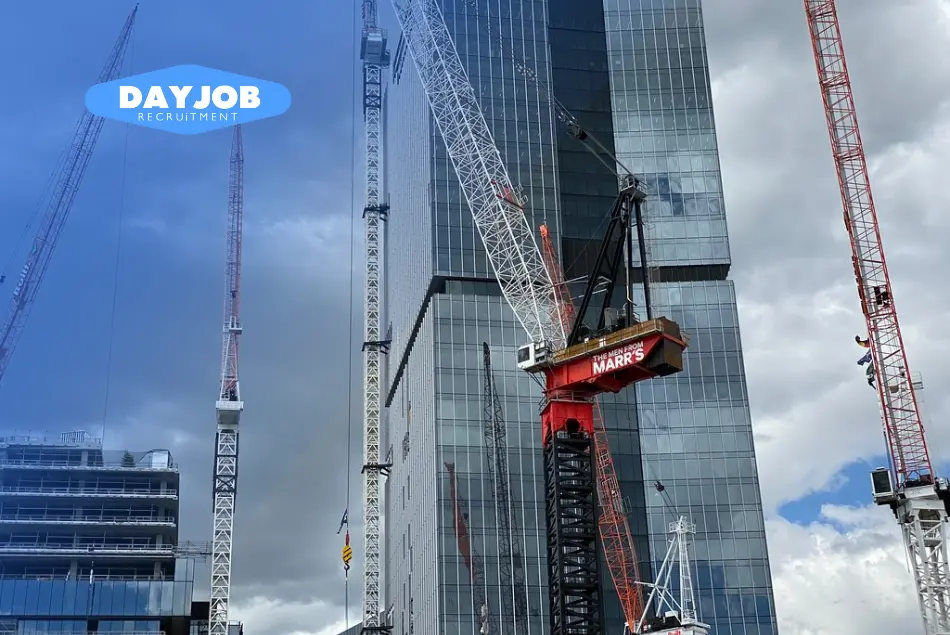A Quick Look at the History of Concrete
Image Source: researchgate.net
Concrete has been a pivotal building material since the Roman Empire, about 2000 years ago, setting the foundation for modern construction’s evolution of materials like Ultra-High-Performance Concrete (UHPC). The development of the concrete we know now started in 1824 in Europe when Joseph Aldin discovered Portland Cement in England. This fine limestone and clay powder was mixed with water, small aggregates like sand, and large aggregates like gravel to produce the final product.
The subsequent development of the material took place in France when two men started to experiment with reinforcing concrete. The first patents were for horticulture troughs, but they quickly discovered that the technique could be used as a building material for larger projects. Joseph Monier patented his designs for reinforced concrete building facades, beams, and bridges. In 1874, he designed the first iron-reinforced concrete bridge, which was constructed at the Castle of Chazelet.
What is Ultra-High-Performance Concrete (UHPC)?

Image Source: researchgate.net
One hundred fifty years after discovering the benefits of reinforced concrete, a new type of concrete was invented that would similarly change the industry—Ultra-High-Performance Concrete (UHPC). With a compression strength ten times stronger than conventional strength and higher tensile strength, it opened a whole new world of possibilities for the construction industry.
The Sherbrooke Pedestrian Bridge in Quebec, Canada, is a testament to UHPC’s transformative potential. As the first large-scale project to utilise this advanced material, the bridge exemplifies how UHPC can be leveraged to achieve functional and visual excellence in modern infrastructure.
The table below shows several key differences that distinguish Ultra-High Performance Concrete (UHPC) from conventional concrete:
| Characteristics | Conventional Concrete | Ultra-High Performance Concrete (UHPC) |
| Compressive Strength | 20MPa to 30MPa | 130MPa to 250MPa |
| Tensile Strength | 2 to 5 MPa | 7 to 10 MPa (without fibers) |
| Modulus of Elasticity (MOE) | 20GPa (typical) | About three times higher compared to conventional |
| Viscosity | Newtonian fluid characteristics | Non-Newtonian fluid characteristics |
| Abrasion Resistance | Lower resistance to abrasion | Significantly enhanced resistance to abrasion |
| Chloride Content | Higher chloride content, increasing corrosion risk | Almost negligible chloride content, reducing corrosion risk |
What Makes UHPC So Strong?
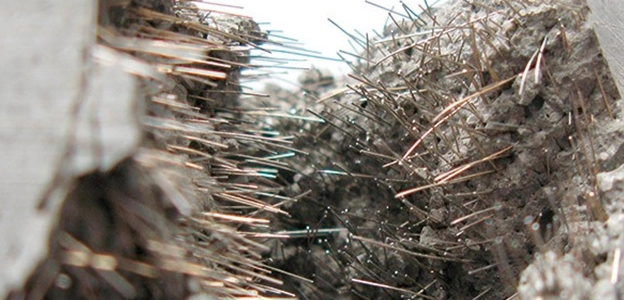
Image Source: public.websites.umich.edu
Ultra high-performance concrete (UHPC) stands out for its superior composition and mechanical properties. It leverages Portland cement and supplementary cementitious materials for unprecedented strength and durability. Its innovative use of fibres and reduced water content enhances structural integrity and aesthetic possibilities. It significantly increases its longevity and resistance to environmental stressors, pushing the envelope in modern construction techniques.
Composition and Enhanced Mechanical Properties
Ultra high-performance concrete (UHPC) transcends traditional concrete with its advanced composition and mechanical properties, emphasising unparalleled strength and durability. Its foundation is Portland cement, enhanced with supplementary cementitious materials (SCMs) like silica fume, fly ash, or slag. These SCMs optimise the mix by filling in microvoids, creating a denser, more cohesive material that significantly improves compressive and tensile strength. This ensures UHPC’s suitability for a diverse range of construction applications.
Reduced Porosity and Increased Durability through Water Reduction
The formula’s drastically reduced water content, up to 80% less than traditional concrete mixes, is pivotal in enhancing durability and strength. This low water-to-binder ratio diminishes porosity, making the concrete more compact and resistant to water infiltration and corrosion. As a result, UHPC structures maintain their structural integrity and aesthetic appearance over time, necessitating fewer repairs and contributing to their economic and environmental sustainability.
Structural Performance and the Role of Fibres
UHPC distinguishes itself from conventional concrete by integrating fibres like steel, glass, or polymers, enhancing tensile strength, elasticity, and resistance to cracking and impact. This fibre reinforcement, coupled with reduced water content, significantly extends the lifespan of UHPC structures and facilitates the creation of slender, innovative architectural forms. These advancements enable contemporary construction technology to push the boundaries of design and functionality, exemplifying UHPC’s role in advancing modern architectural capabilities.
Advantages of UHPC in Construction

Image Source: structuremag.org
The advantages of Ultra-High-Performance Concrete (UHPC) in construction encompass many applications that revolutionise the approach and outcomes of modern building practices.
The below attributes align UHPC with current demands for faster, more robust, more innovative, and eco-friendlier construction solutions, setting a new standard for materials science in architecture and engineering:
- Versatility in Application: Ultra-High Performance Concrete (UHPC) is a non-Newtonian fluid that can be precisely sprayed onto or into various surfaces and moulds. This adaptability allows for intricate architectural designs and strengthening existing structures, efficiently enhancing aesthetics and structural integrity.
- Rapid Construction: UHPC’s ability to harden quickly significantly shortens project timelines. Steelike Concrete’s innovation means structures like bridges can be made accessible in just 7 hours when the UHPC mix is heated to 54 degrees Celsius, facilitating overnight construction and minimal disruption.
- Protective Layering: Implementing UHPC as a top layer on constructions such as roads drastically improves their durability. This strategic use not only prolongs the structure’s life but also offers a cost-effective solution by applying UHPC where its impact is most beneficial, safeguarding underlying materials against degradation.
- Structural Efficiency: The superior strength-to-weight ratio of UHPC permits the design of lighter, slender structures, reducing material usage and construction costs. This efficiency enables more creative and ambitious architectural projects without sacrificing safety or durability.
- Environmental Sustainability: UHPC’s longevity and reduced material needs contribute to its eco-friendliness. By decreasing the amount of concrete required over a project’s lifespan and reducing maintenance, UHPC supports sustainable construction practices, lessening the environmental impact of building and infrastructure development.
Applications of UHPC in Australia
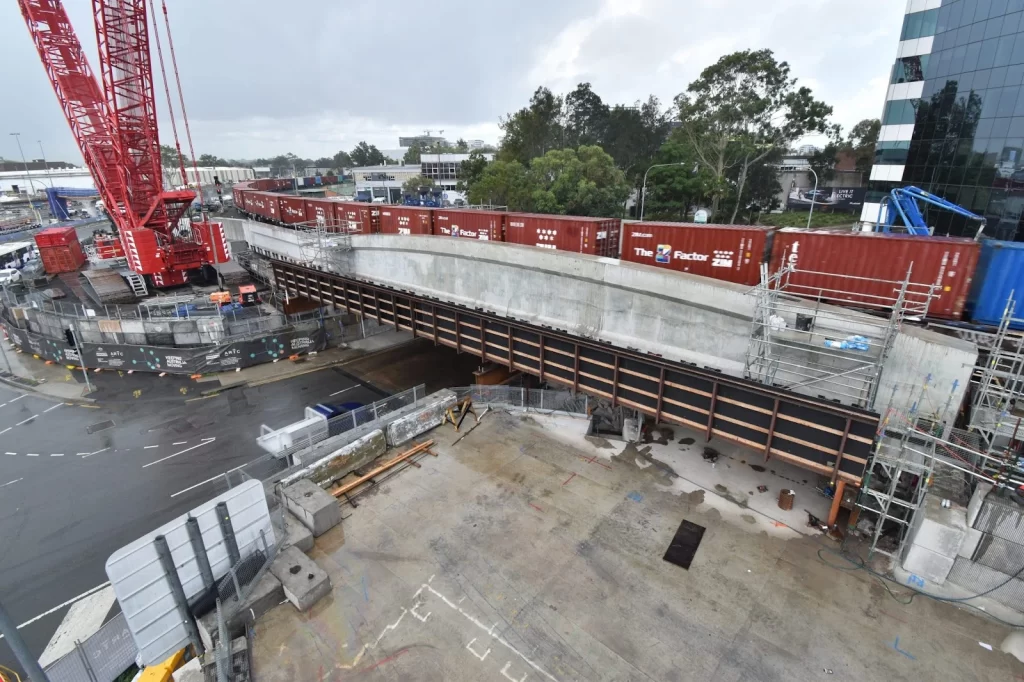
Image Source: proj.artc.com.au
The Ultra-High-Performance Concrete applications in Australasia demonstrate UHPC’s versatility and superior qualities in infrastructure projects. These landmark initiatives highlight UHPC’s ability to merge longevity, structural efficiency, and aesthetic appeal in the roadway and pedestrian infrastructure while showcasing its exceptional durability in protective applications against environmental challenges.
Pioneering UHPC Road Bridge in Australia
The Shepherds Creek Road Bridge, situated 150 km north of Sydney, Australia, emerged as a landmark project by being the world’s first road bridge made of Ultra-High Performance Concrete (UHPC). This innovative construction replaced an old timber bridge, showcasing UHPC’s promise for future roadway infrastructure with its blend of durability, aesthetic appeal, and structural efficiency.
UHPC Pedestrian Bridges in Auckland, New Zealand
In Auckland, New Zealand, UHPC was strategically employed to construct pedestrian bridges and provide ramp access to train stations. These bridges exemplify UHPC’s ability to create lightweight yet strong structures, addressing the stringent demands of public infrastructure and delivering economic benefits through reduced costs in substructure and erection.
Durability Applications of UHPC in Infrastructure
Using UHPC to create protective panels at Eraring Power Station and freeway sound walls demonstrates the material’s exceptional resistance to environmental degradation, including saltwater spray and noise pollution. These applications underscore UHPC’s role in offering durable, long-lasting solutions for infrastructure in challenging environments and against common challenges.
Price and Cost Analysis of UHPC

Image Source: taktl-llc.com
Ultra-high-performance concrete (UHPC) has a higher initial cost than traditional concrete due to its superior materials, advanced manufacturing processes, and the specialised labour required for its application. However, when considering a construction project’s entire lifecycle, UHPC can emerge as a cost-effective choice. Its exceptional durability and reduced maintenance needs can lead to significant savings over time, potentially offsetting the upfront investment.
In Australia, factors influencing UHPC costs include the prices of high-quality raw materials, the complexity of production, and logistics related to transportation across vast distances. Despite these cost drivers, the long-term benefits of UHPC, such as its unparalleled strength and longevity, offer value for money by minimising repair and maintenance expenses.
Interested in how we can support your role as an employer? Click below to learn more.
Conclusion
The advent of Ultra-High-Performance Concrete (UHPC) has marked a significant turning point in the construction industry, heralding a new era of durability, efficiency, and aesthetic flexibility. The introduction of UHPC, characterised by its exceptional strength, rapid construction capabilities, and environmental sustainability, promises to reshape the way we approach infrastructure projects.
At Dayjob Recruitment, we recognise UHPC’s transformative impact and growing importance in the construction sector. We are committed to connecting job seekers with the specialised skills required to work with UHPC and employers looking to innovate and lead their construction projects. Contact and join us in shaping the future of construction.
Are you a job seeker looking for your next big opportunity? Click below to see how we can assist you in finding the perfect role.

